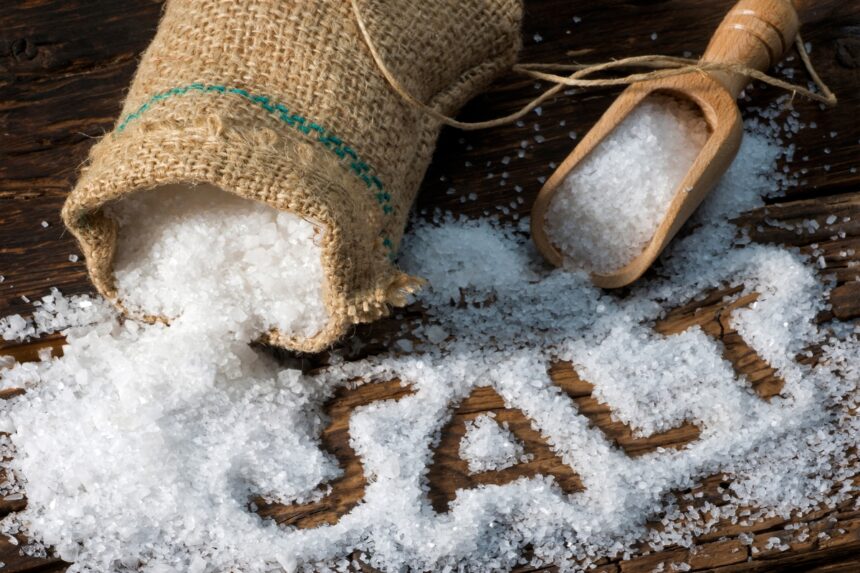When it comes to enhancing the flavor of our favorite dishes, salt plays a crucial role. However, the choices at hand are no longer limited to just the regular table salt. With pink salt and sea salt gaining popularity in recent years, the decision of which type of salt to add to your diet has become more complex. In this blog, we’ll explore the differences between pink salt, sea salt, and table salt, and help you make an informed choice.
Table Salt: The Classic Option
Table salt, also known as refined salt, is the most common type of salt found in most households. It is typically mined from underground salt deposits, then heavily processed to remove impurities and minerals. The result is a fine-grained, pure sodium chloride product. Here are some key points to consider about table salt:
Sodium Content:
Table salt is almost pure sodium chloride, containing about 97-99% sodium. This high sodium content can be a concern for individuals with high blood pressure or those at risk of heart disease.
Iodine Fortification:
Most table salt is iodized, which means it is fortified with iodine, a vital nutrient that helps prevent iodine deficiency disorders like goiter.
Processing:
The refining process removes many of the trace minerals and impurities found in natural salt, which can affect taste and potential health benefits.
Sea Salt: The Natural Alternative
Sea salt is harvested from evaporated sea or ocean water, and it is typically less processed than table salt. It comes in various forms, including fine, coarse, and flaky textures. Here’s what you need to know about sea salt:
Mineral Content:
Sea salt contains a broader range of minerals compared to table salt, including magnesium, calcium, potassium, and iron. These minerals contribute to its distinct flavor and potential health benefits.
Less Processing:
Sea salt is minimally processed, which means it retains more of its natural minerals and can have a more complex flavor profile.
Texture:
The texture of sea salt can vary, with some varieties offering a satisfying crunch when used as a finishing touch on dishes.
Pink Salt: The Trendy Option
Pink salt, often referred to as Himalayan salt, gets its distinctive pink color from the minerals and trace elements it contains. It is mined from salt mines in the Himalayan region. Here’s what you should know about pink salt:
Mineral-Rich:
Pink salt is celebrated for its mineral content, which includes potassium, calcium, magnesium, and iron. These minerals contribute to its pink hue and potential health benefits.
Distinctive Flavor:
Pink salt is prized for its slightly sweeter and milder taste compared to table salt, making it a favorite among culinary enthusiasts.
Usage:
Pink salt is often used as a finishing salt, sprinkled on top of dishes just before serving. It can also be used for cooking and baking.
Which Salt Should You Choose?
The choice between table salt, sea salt, and pink salt ultimately depends on your personal preferences and dietary needs:
Table Salt:
If you’re looking for a straightforward, iodized salt for everyday cooking and seasoning, table salt is a practical choice. However, if you’re watching your sodium intake, you may want to use it sparingly.
Sea Salt:
If you prefer a more natural and minimally processed salt with a broader mineral profile, sea salt is an excellent option. It can enhance the flavor of your dishes while providing some essential minerals.
Pink Salt:
If you’re intrigued by the unique flavor and mineral-rich composition of pink salt, consider using it as a finishing salt to add a subtle touch of sophistication to your culinary creations. Just remember that while it’s a trendy choice, its health benefits are largely similar to those of sea salt.
In conclusion, the type of salt you should add to your diet depends on your taste preferences and specific dietary considerations. Each type of salt has its own unique characteristics and can enhance the flavor of your meals in distinct ways. Whether you opt for the classic table salt, the natural sea salt, or the trendy pink salt, moderation is key to maintaining a balanced diet and a healthy sodium intake.







